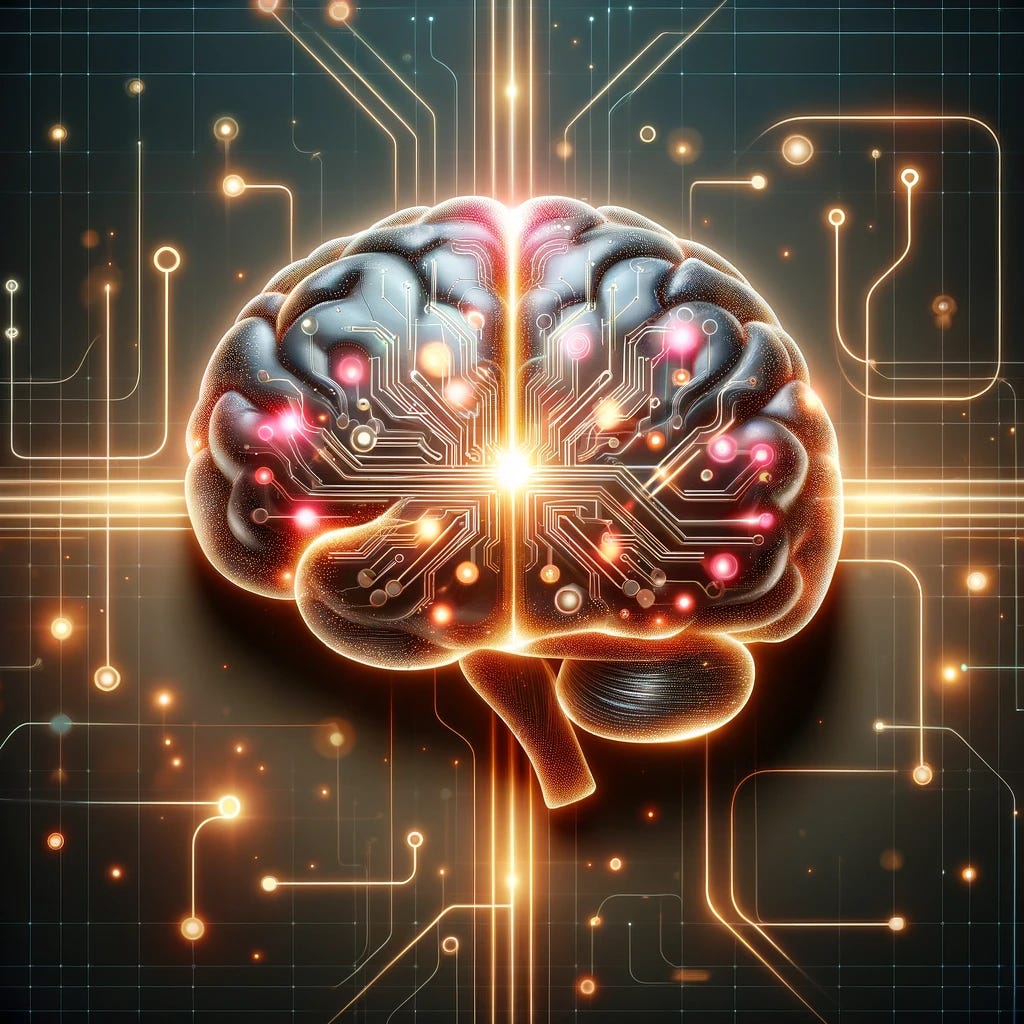Unlocking the Mystery of Chronic Pain: An Integrative Medicine Approach
Unlocking the Mystery of Chronic Pain: An Integrative Medicine Approach
As a practicing psychologist who has ventured deep into the realms of both science and the human mind, I’ve encountered countless narratives of pain, resilience, and healing. Chronic pain, a relentless shadow that looms over the lives of many, has often been at the center of these tales. It’s a complex villain, one that doesn’t relent easily, compelling me to explore beyond conventional methodologies. This journey led me to an integrated medicine approach, a strategy that has not only revolutionized my practice but also offered a beacon of hope for those I work with.

The Puzzle of Pain: Why Conventional Medicine Alone Doesn’t Cut It
Imagine waking up every day to a body that speaks the language of pain fluently. This has been the reality for many of my clients, who, before finding their way to my practice, had navigated the maze of traditional medical interventions with little to no relief. The issue, as I’ve come to understand, isn’t a lack of effort but rather a narrow focus. Conventional medicine, with its precision and brilliance, often misses the forest for the trees. It excels in acute care but can stumble when faced with the enigma of chronic conditions, where the origins of pain are as much psychological and environmental as they are physical.
Through my work, I’ve seen firsthand the limitations of a solely biomedical approach. One client, Jane, came to me after years of battling fibromyalgia. Her medical team had done an admirable job of managing symptoms, yet the root causes of her pain — stress, past trauma, and a sedentary lifestyle — remained unaddressed. It was clear that a more holistic strategy was needed, one that acknowledged her pain’s multifaceted nature.
Integrating Mind and Body: A New Frontier in Pain Management
The integrative medicine approach I adopted weaves together conventional treatments with alternative modalities, emphasizing the interconnectedness of mind and body. This paradigm shift wasn’t just about adding more tools to the toolbox; it was about changing the way we understand and treat chronic pain.
For clients like Jane, this meant complementing her medical treatments with psychological counseling, mindfulness practices, and lifestyle changes. It’s akin to treating a garden rather than just pulling weeds. You have to nurture the soil, ensure adequate sunlight, and provide enough water. In human terms, this translates to addressing emotional well-being, fostering healthy coping mechanisms, and encouraging physical activity tailored to the individual’s capabilities.
The Power of Mindfulness: A Game Changer in Pain Perception
One of the most transformative elements of the integrated approach has been the incorporation of mindfulness. It’s fascinating how a practice as ancient as mindfulness can offer such profound benefits in the modern battle against chronic pain. By teaching clients to observe their pain without judgment, to sit with it and understand its nuances, we often see a remarkable shift. Pain, while still present, loses some of its sharp edges. It becomes something manageable, not a force that dominates every waking moment.

I recall a session with a client who, after months of mindfulness practice, shared a breakthrough. For the first time in years, he had experienced moments where his pain didn’t define him. These moments were fleeting but powerful. They offered a glimpse into a life where pain was a part of the experience, not the entirety of it. This is the beauty of integrating mindfulness into pain management — it empowers individuals, giving them control over their pain rather than the other way around.
Leveraging Lifestyle Changes: The Unsung Heroes of Healing
Another cornerstone of the integrative approach is the emphasis on lifestyle changes. It’s easy to overlook the impact of diet, exercise, and sleep on our well-being, yet these elements play a critical role in managing chronic pain. Tailoring these aspects to fit each client’s needs and limitations has been a game changer.
Take exercise, for example. The mere suggestion can be daunting for someone in constant pain, but when approached with care and customization, it can significantly enhance quality of life. Whether it’s gentle yoga, water aerobics, or short walks, the key is to start small and build gradually. The benefits extend beyond physical health, offering a sense of accomplishment and a boost to mental well-being.

Conclusion: A Journey of Healing Together
Embarking on this integrative medicine journey has been both a challenge and a revelation. It has required me to step outside the confines of traditional psychology and embrace a more holistic view of health. In doing so, I’ve witnessed transformations that once seemed out of reach. Chronic pain, with all its complexity, can be managed, and lives can be reclaimed.
This approach isn’t a quick fix, nor is it a one-size-fits-all solution. It’s a journey, one that I navigate alongside my clients. Each step forward, no matter how small, is a victory. And while the path to managing chronic pain is fraught with obstacles, the rewards — moments of relief, glimpses of a life beyond pain — are immeasurably worth it.
In sharing this narrative, my hope is not just to inform but to inspire. Whether you’re a fellow practitioner or someone navigating the tumultuous waters of chronic pain, know that there are avenues yet unexplored, paths that can lead to healing and hope. The integrated medicine approach, with its blend of conventional and alternative therapies, offers a promising horizon. It’s a testament to the resilience of the human spirit and the power of an approach that honors the complexity of our being.
Dr. Jerry D. Smith Jr. is a clinical psychologist and empathic expert specializing in human empowerment and leadership.
More from Dr. Jerry Don Smith Jr. and Integrative Wellness Journal (IWJ)






